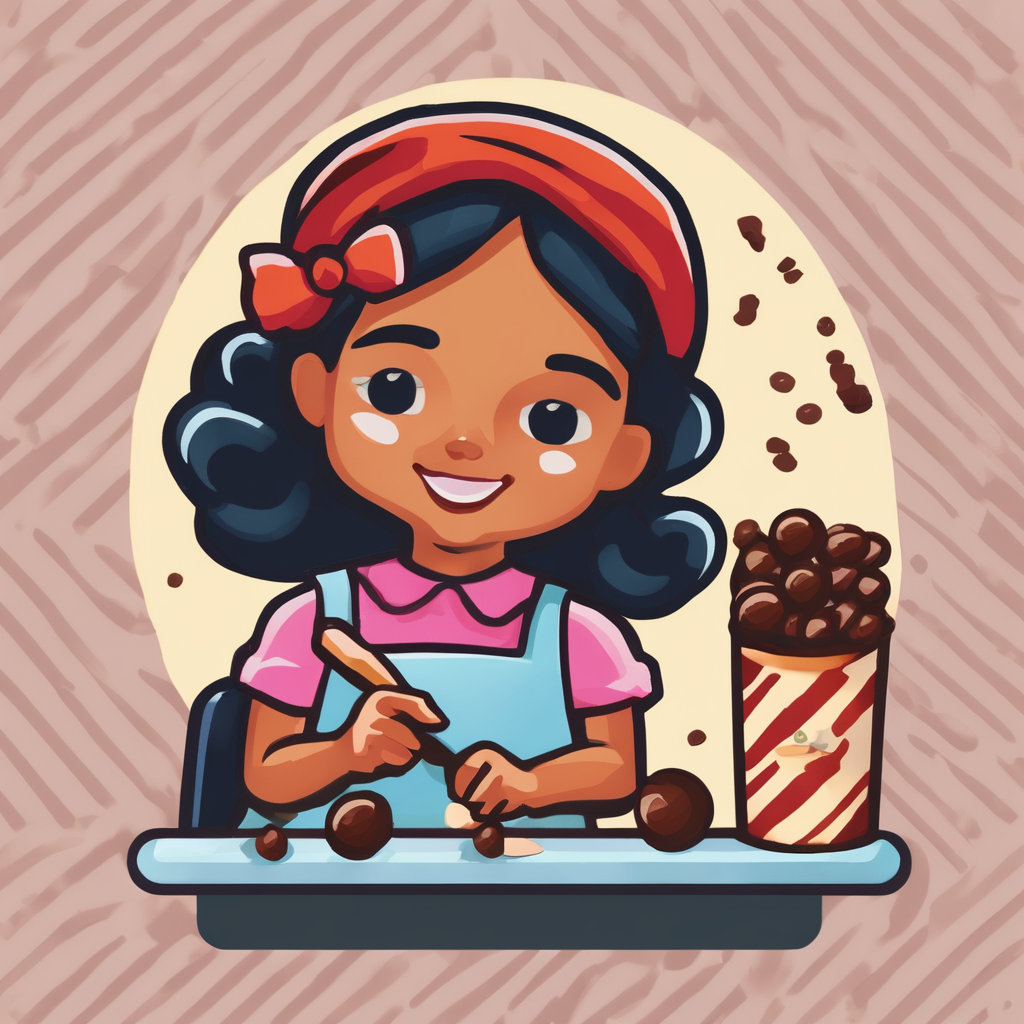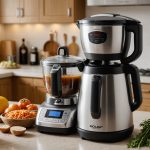The Benefits of Using a Chalkboard in the Kitchen
Incorporating a chalkboard into your kitchen offers numerous advantages for kitchen organization and diet tracking. It enhances visual reminders, crucial for effective meal planning and portion control. This tool allows for clear, Immediate visualization of meal choices, making it easier to strategize weekly menus and manage dietary habits.
A chalkboard fosters accountability and assists in goal tracking. Writing and updating dietary choices daily not only keeps individuals on track but also reinforces commitment to nutritional objectives. By having goals visibly displayed, you’re reminded of your intentions, prompting mindful eating behaviours and progress assessment.
Also read : Enhance Your Mood and Promote Healthier Eating with the Right Kitchen Cabinet Colors
Moreover, a chalkboard encourages family involvement in both meal preparation and dietary habits. It provides an engaging platform for family members to participate in meal discussions, share recipe ideas, and contribute to collective dietary goals. This collaboration can make meal planning a joyful, shared experience, promoting healthier choices as a family unit.
Ultimately, a chalkboard in the kitchen can serve as a dynamic hub for visual planning, interactive engagement, and nutritional accountability, all while adding a practical touch to your culinary space. This simple tool can redefine how you approach diet tracking and meal organization, bringing functionality and creativity to your kitchen routine.
This might interest you : Discover Healthier UK Cuisine: Harness the Power of Programmable Air Fryers for Guilt-Free Meals
Effective Meal Planning with Chalkboards
A chalkboard is an invaluable tool for meal planning strategies that can seamlessly integrate into your kitchen routine. Its versatility allows for the use of diverse chalkboard layouts to organise weekly meals effectively.
Setting Up Your Chalkboard for Meal Planning
Begin by designating specific sections on your chalkboard for breakfast, lunch, and dinner. This clear demarcation simplifies meal planning, allowing you to focus on one meal at a time. Such a division also aids in better portion control, encouraging a balanced daily diet.
Colour Coding for Different Meal Categories
Utilising various colours for distinct food groups can dramatically enhance your chalkboard’s functionality. Assign one colour for proteins, another for carbohydrates, and yet another for vegetables. This system offers a vibrant, engaging way to balance nutritional intake while making meal planning an interactive, fun process.
Sample Layouts for Weekly Meal Plans
Creatively designing your chalkboard can further streamline your planning. Layouts could include columns for each day of the week, alongside rows for meals of the day. By referencing these visual cues, meal preparation becomes more efficient, reducing the stress of daily planning and aiding consistent dietary habits.
Tracking Food Intake Made Easy
Integrating a chalkboard system for food intake tracking offers a practical and creative way to maintain a balanced diet. This visual method simplifies the recording of meals, snacks, and beverages, making it a straightforward process to monitor nutritional intake daily.
Daily Food Logs on Your Chalkboard
Establishing a daily log on your chalkboard is a proactive way to track each meal throughout the day. Use it to note what you consume, ensuring you’re aware of portion sizes and nutritional content. Listing meals as you eat them guarantees real-time reflection, aiding in immediate dietary adjustments if needed.
Incorporating Family Meal Entries
Sharing the chalkboard with family members promotes collective dietary awareness. Each member can log what they eat, creating a comprehensive picture of the family’s overall consumption. This practice encourages discussions about meal choices and can foster supportive environments for healthier eating.
Highlighting Nutritional Goals
Visually setting nutritional goals offers clarity and purpose. List daily, weekly, or monthly targets on your chalkboard, using it as a motivational tool to track progress. Whether it’s increasing vegetable intake or reducing sugar consumption, these targets enable focused commitment to dietary enhancements.
Organizing Recipes with a Chalkboard
Integrating a chalkboard into your kitchen can transform how you manage recipes, sparking both organization and inspiration. By cleverly organizing and displaying recipes, you can turn a simple chalkboard into a powerful tool for culinary exploration.
Creative Ways to Display Recipes
Consider subdividing your chalkboard into sections dedicated to your favourite or most-used recipes. This not only keeps your go-to dishes handy but also encourages experimentation by allowing space for new additions. Such organization makes everyday cooking more streamlined and enjoyable.
Using Chalkboards for Ingredient Lists
Maintaining a chalkboard section specifically for ingredient lists is another advantage. As you plan your meals, jot down needed items, ensuring you’re always prepared when it comes time to cook. This method simplifies grocery shopping and ensures nothing is forgotten.
Seasonal Recipe Updates
Rotating seasonal recipes offers freshness and diversity to your cooking habits. Assign part of your chalkboard to feature these seasonal delights, which can inspire use of in-season produce and foster creativity in the kitchen. This dynamic approach keeps your culinary routine exciting and well-balanced throughout the year.
Visual Inspiration and Engagement
Incorporating visual inspiration and engagement strategies in your kitchen can greatly influence your culinary and dietary habits. A chalkboard serves as an excellent medium for this, inviting both creativity and effective communication within the home.
Begin by adding motivational prompts and quotes to inspire better nutritional choices daily. Whether it’s a reminder to eat more vegetables or a personal goal to try a new recipe each week, these prompts provide both encouragement and direction.
To foster an interactive environment, engage family members in meal planning discussions. This transforms meal prep into a shared experience, allowing everyone to contribute, suggest new dishes, or set collective dietary objectives. It cultivates a supportive atmosphere conducive to making more informed meal choices and adapting healthier practices.
Enhance the chalkboard’s appeal by incorporating art and images. Drawing fruits, vegetables, or other ingredients not only serves as a delightful kitchen inspiration, but also improves the board’s functionality by visually identifying food items. This can particularly benefit younger family members, turning meal planning into an educational activity.
By strategically blending visuals with functionality, a chalkboard becomes a central piece in the kitchen, driving consistent motivation and engagement.



